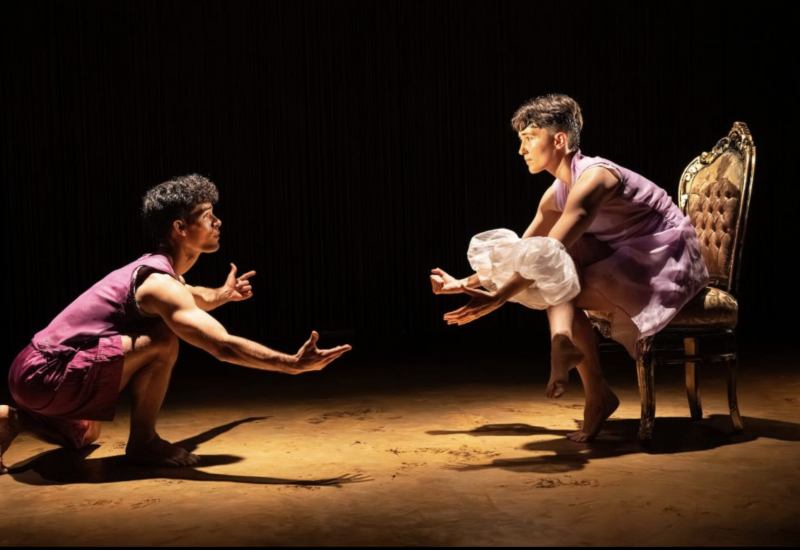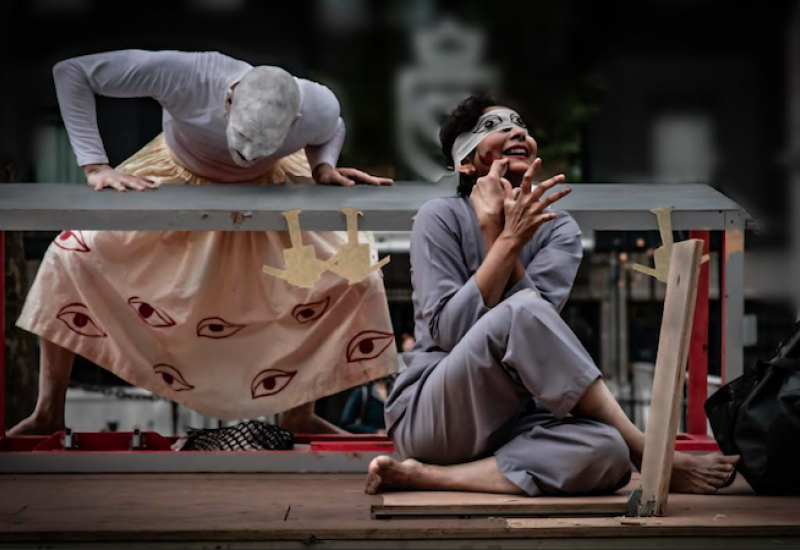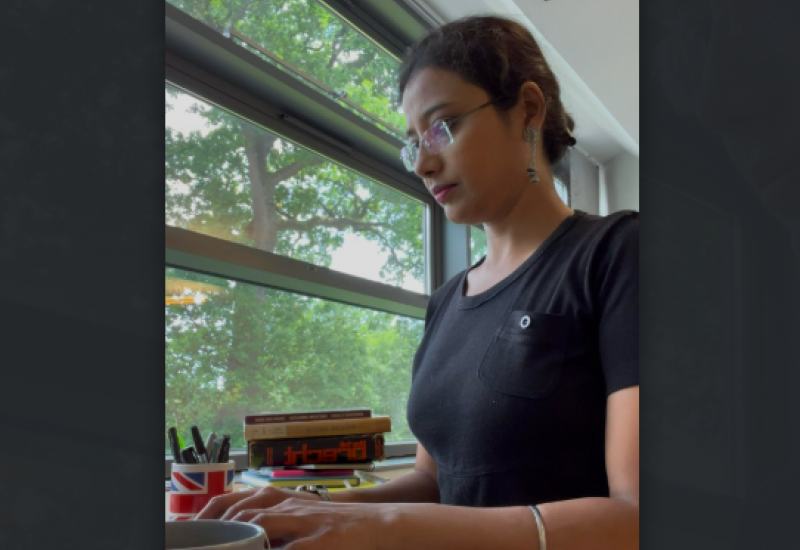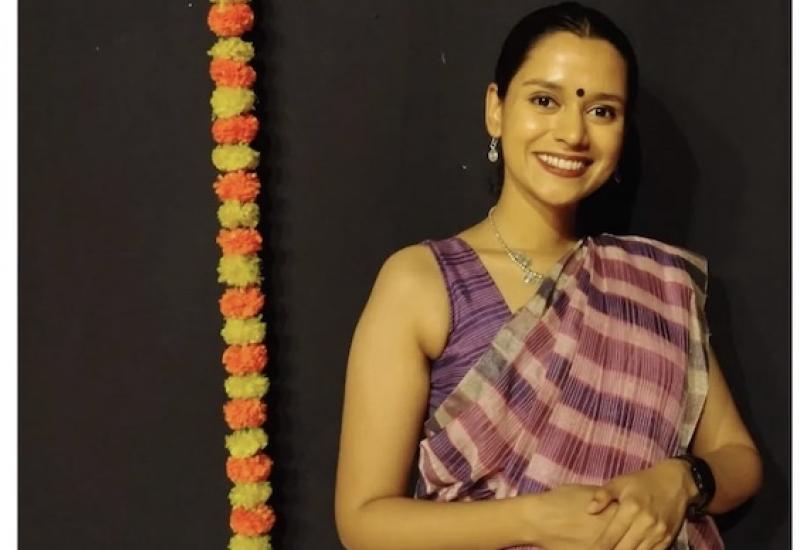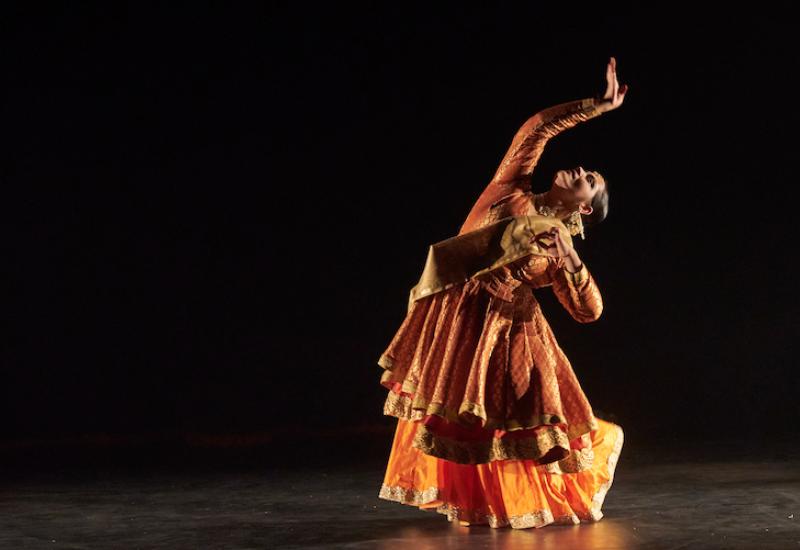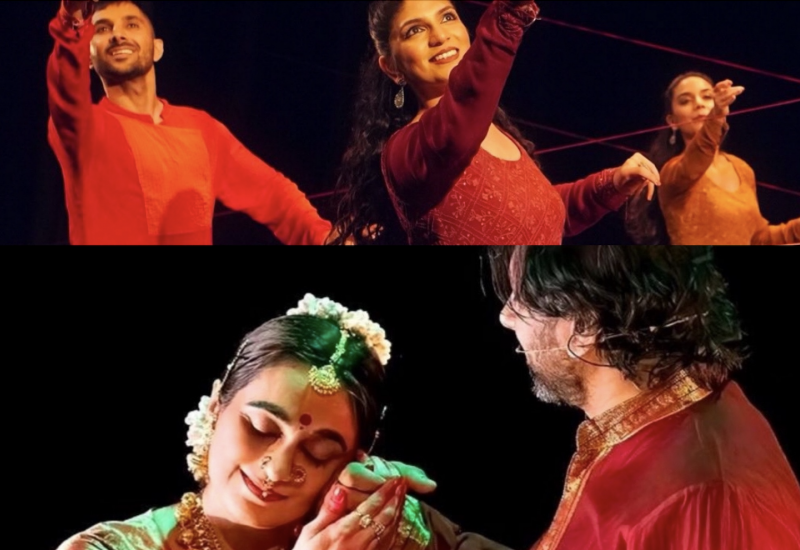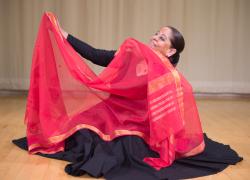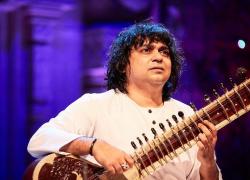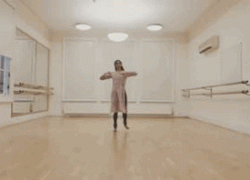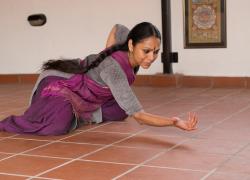To Be Beautiful
In an age where body positivity is flourishing and the societal pressures (for women, especially) to look a certain way are increasingly acknowledged and refuted, dance still seems to be one arena where perfect beauty continues to be idolised. As a child I recited the Patra Lakshana in dance class; a sanskrit sloka on the ‘essential characteristics’ of a female dancer. It states the importance of being not too tall, nor too short, not too fat nor too thin, having round breasts, large eyes and so on. While it’s easy to laugh this off as a relic, our modern practice of bharatanatyam doesn’t seem to have moved on from venerating physical beauty. In a culture where departing from tradition is often perceived as disrespectful, I concede that it’s not surprising we continue to go on stage with approximately the same costuming and make-up as ever. Perhaps, as many argue, the costuming and make-up compliment and accentuate the contents of the dance form. However, the focus on physical beauty continues off-stage and into our online dance lives, where arguably there are no long-standing rules to honour. Search ‘bharatanatyam’ in instagram, and heavily made-up selfies and perfectly posed photographs abound. Is this obsession with perfect beauty really perfectly explicable?
Let’s examine where beauty comes into dance. I’ve come up with a triple-layered explanation.
1) Watching dance evokes a visceral / emotional response in the viewer. It’s a reflective experience and can change our perceptions of life. Being moved can feel transcendent and therefore beautiful.
2) Dancers move in a way that is pleasurable to watch. There may be a fluidity or a complexity or a musical harmony to their movements that satisfies something intuitive within us. Their execution of movement is beautiful.
3) The dancer is themselves beautiful. Sculpted facial features, well-proportioned limbs, muscular and athletic bodies are visually pleasing to look at; the dancer is beautiful.
As dancers trying to convince the world of the magic of what we do, the second and third types of beauty are perhaps the easiest to recreate online, where the experience is two-dimensional and favours the photogenic. I often find myself awed at the dancing I stumble across on youtube; I’m not going to deny the genuine beauty that can be experienced in dance videos. However, I wonder whether the technological experience can ever fully recreate the first type of beauty, and if our online endeavours are missing the point.
I recently watched a dance show and felt overwhelmed by how beautiful one of the dancers was. But I wasn’t concerned with his face; I could barely see it. I was obsessed with the way he was moving; the energy that he emanated was strong but full of ease. It was a kind of power that he had; to be fully in control of himself but also constantly at risk of going wrong in this complex choreography. Dancing on this boundary between perfection and disaster, in full view of an auditorium of people. It felt as though I was privy to his vulnerability, and that it was for me as a viewer that he exposed it. I would not be there if it was not for the dance, and he would not be there if it were not for the audience. This live vulnerability and this coexistence made him superlatively beautiful.
Perfection is indeed beautiful, but beauty rests on more than perfection. I wonder how close technology will bring us to this goosebump-inducing experience of beauty in the future, and whether we as dancers will be able to keep sight of what it is that makes us beautiful.








